In the spotlight from February 20 to March 4, 2024, Vacheron Constantin’s private collection showcases the intricate world of retrograde indications, tracing their roots back to the 18th century. These indications, at times accompanied by protruding elements, pose a significant technical challenge that demands unparalleled precision.
The selected watches on display pay homage to Vacheron Constantin’s expertise cultivated over more than two centuries in the realm of retrograde indications. Originating in the 18th century, retrograde indications involve the indicator not completing a full revolution but rather returning to its starting point and recommencing its movement after traversing its entire measuring segment. This technical feat has consistently demanded extraordinary precision, a hallmark that Vacheron Constantin has embraced since 1824, even incorporating protruding indications in pocket watches.
Over the course of a century, Vacheron Constantin honed its technique, enabling the integration of retrograde indications into wristwatches, solidifying the Maison’s distinctive prowess in horological complications. The exhibition stands as a tribute to this technical mastery, showcasing models with retrograde indications and special features, underscoring Vacheron Constantin’s legacy spanning more than two centuries.
Building on the success of retrograde indications, Vacheron Constantin now features these complications in its Traditionnelle and Overseas collections. Notable examples include the Traditionnelle tourbillon openface watch with retrograde date and the Overseas moonphase watch with retrograde date.
The exhibition unveils a historical journey through timepieces, starting with a gentleman’s pocket watch in yellow gold with a rampant chronograph from 1894. The chronograph, originating in the 19th century, evolved with innovations such as the rampant function for calculating split times, as demonstrated in the Maison’s collection.
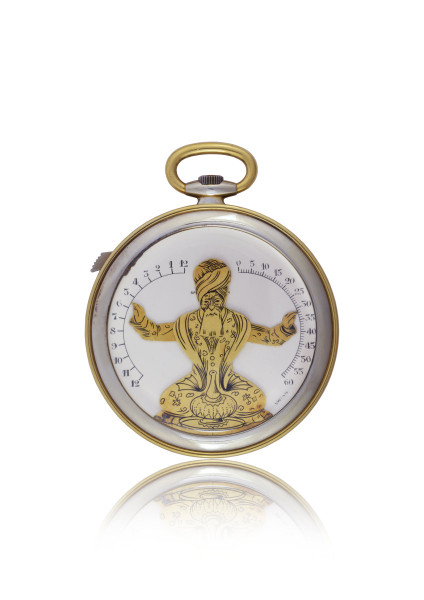
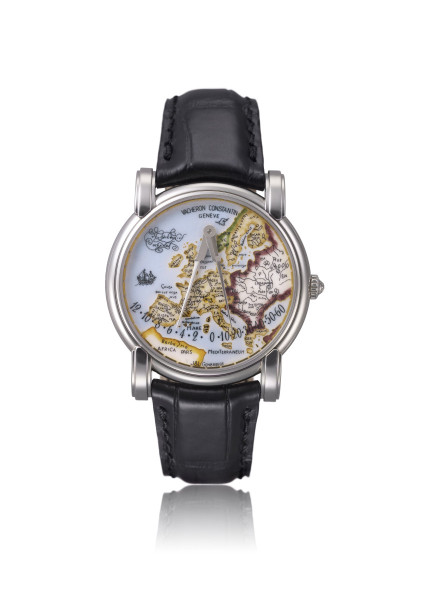
The display also highlights a gentleman’s pocket watch “Arms in the air” from 1931, showcasing the art deco movement’s influence on imaginative dials with retrograde indications. The bi-retrograde model features a dial depicting a Hindu magician indicating hours and minutes with different postures, reflecting the aesthetic freedom associated with special indications.
Another notable piece is the gentleman’s pocket watch with a rampant chronograph from 198, representing the quintessence of retrograde indications through its Reference 57260. Crafted in 18-carat yellow gold, this model boasts 57 horological complications, including a rampant chronograph with double retrograde indication.
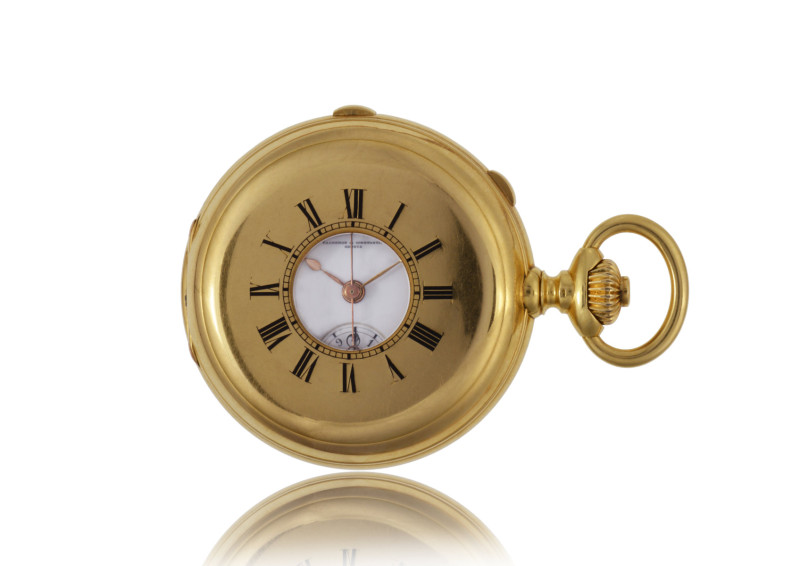
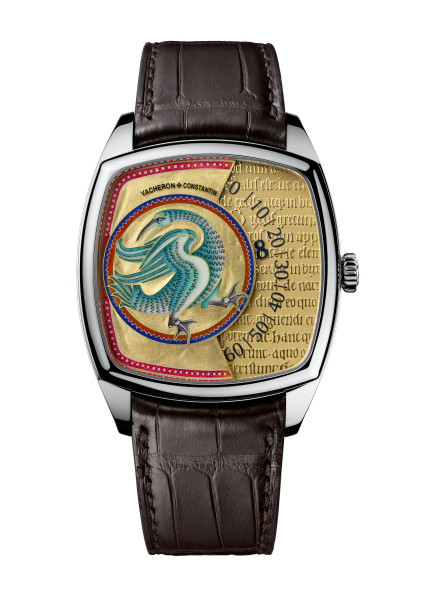
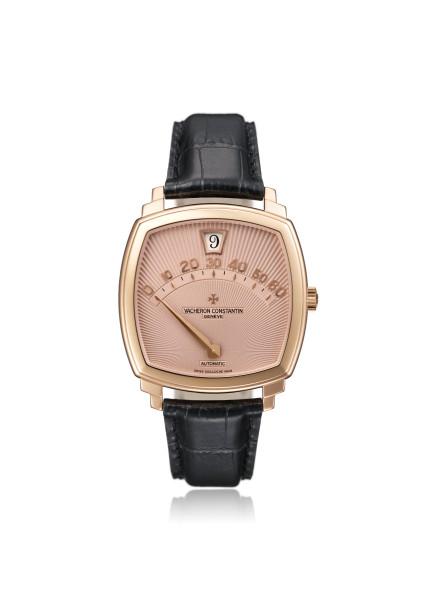
The exhibition further explores iconic models like the Saltarello from 2000, featuring a patented retrograde hand indicating minutes inspired by lift indicators, and The Mercator from 2001, paying tribute to geographer Gerard Mercator with maps depicted on its enamelled dial and double retrograde hours and minutes indication.
The collection extends to ladies’ wristwatches, such as the Traditionnelle model from 2014, displaying the strict tradition of Geneva Haute Horlogerie, and the Savoirs Enluminés model from 2015, part of the Métiers D’Art collection, offering a unique journey into the heart of the Middle Ages.
Overall, Vacheron Constantin’s private collection exhibition provides a captivating narrative of horological innovation, technical excellence, and artistic expression spanning centuries.
For more information, please visit Vacheron-Constantin.com.







